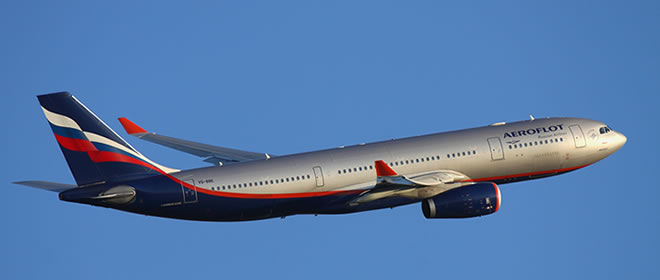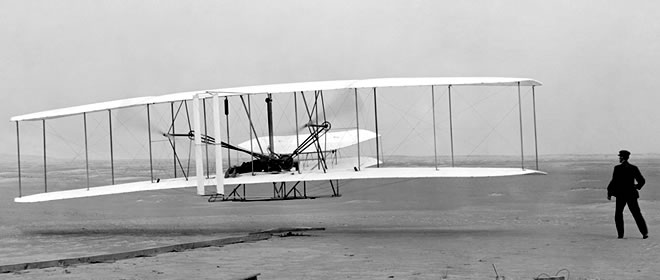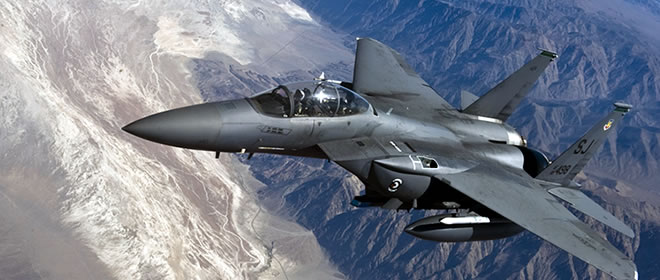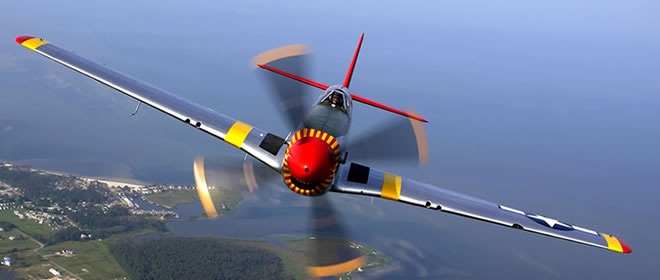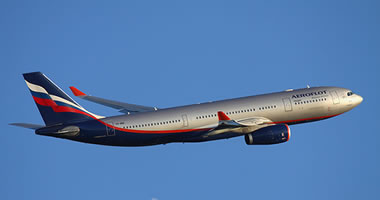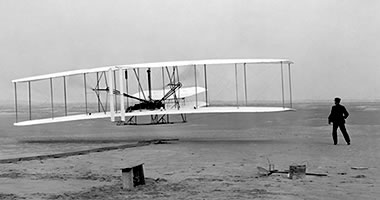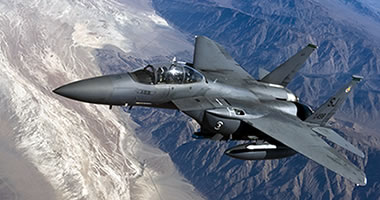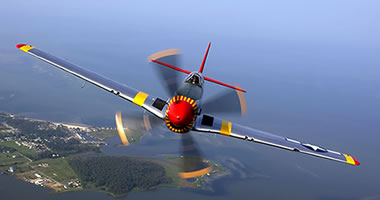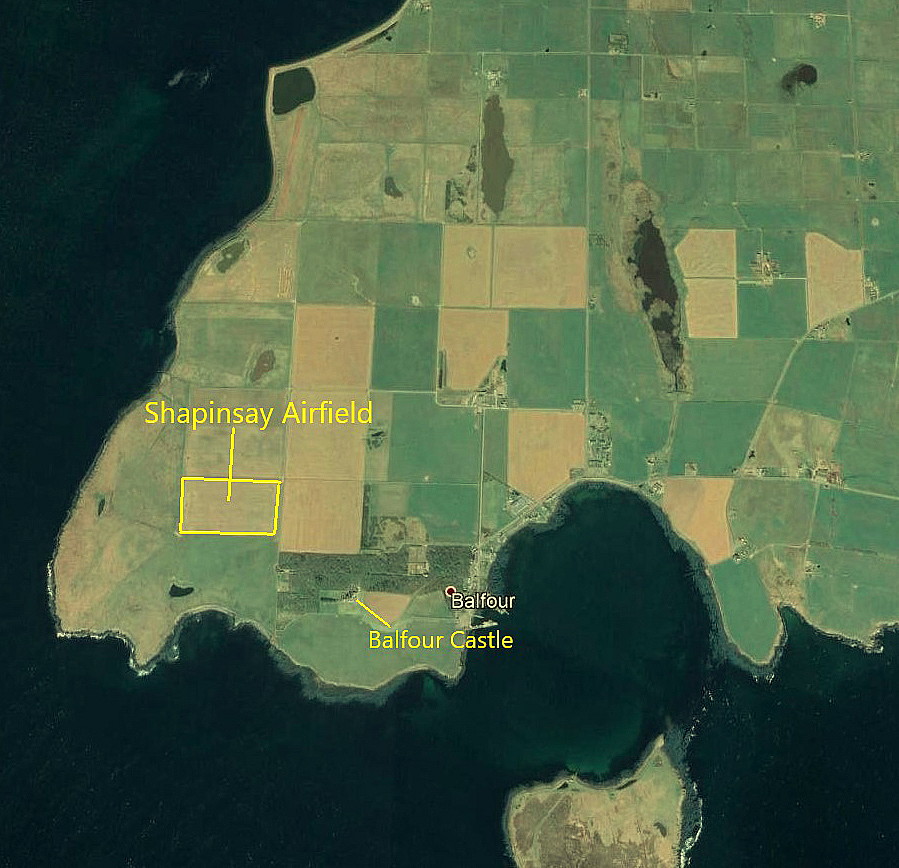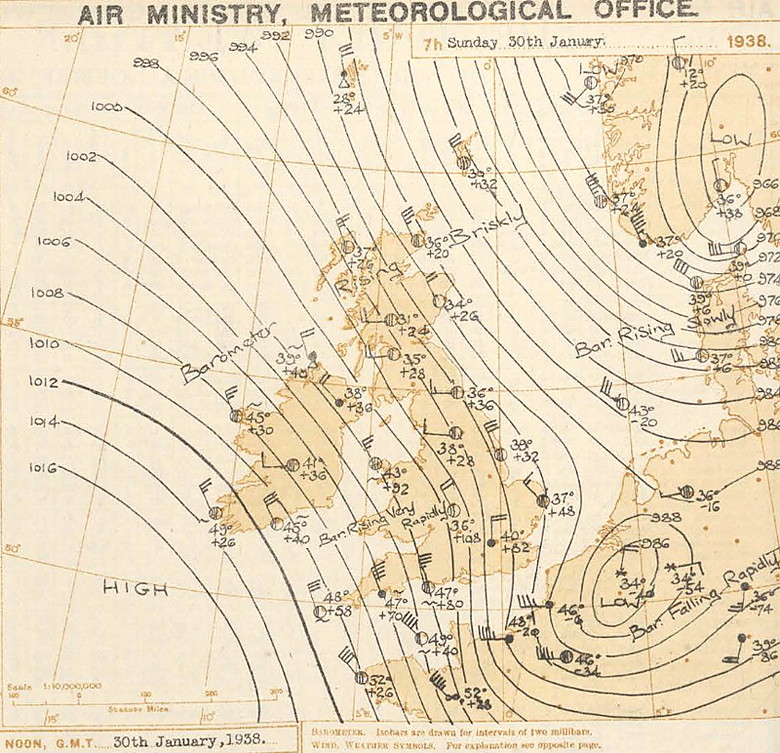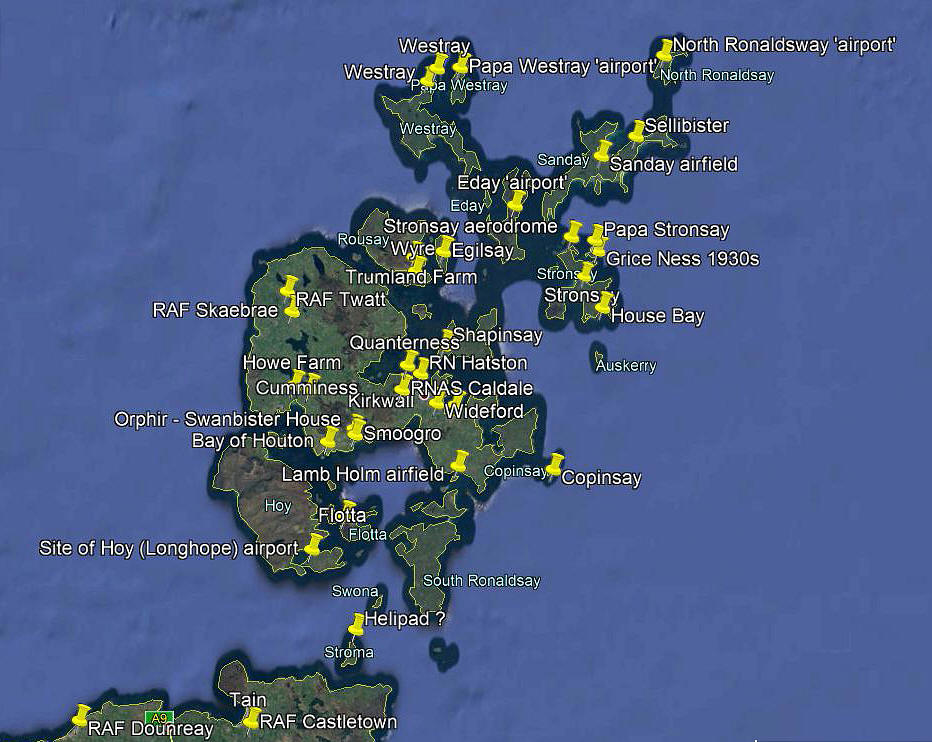Shapinsay
SHAPINSAY: Periodic Landing Ground
A MICHAEL T HOLDER GALLERY
Note: The newspaper article was published in the Aberdeen Press and Journal on the 31st January 1938.
Location: In the SW corner of the island, about 3.5nm NNE of Kirkwall town centre
Period of operation: 1931 to 1938 (Possibly still available in WW2?)
Runways: 04/22 425 grass 13/31 425 grass
NOTES: The first five items were kindly provided by Mike Holder, a great friend of this 'Guide', and I have added the area view. I can take no credit for this listing, Mike Holder did all the donkey work.
FIRST VISIT
Mike tells us that: "On 12 September 1931 Fresson flew two passengers in his Avro 504K to Shapinsay - landing in a field to the NW of Balfour Castle. The passengers were the owners of Balfour Castle and had invited Ted Fresson for tea. After this event the landing field was little used and was kept on as an emergency strip for air ambulance purposes."
My note: This was when 'Ted' E E Fresson was still involved with the North British Aviation Co Ltd, based at HOOTON PARK in CHESHIRE. They operated four Avro 504Ks - G-EBGZ, G-EBIS, G-EBSJ and G-EBXA.
A SMALL CLAIM TO FAME
Mike also tells us: "However it did become "famous" on 30 January 1938 when it provided an emergency diversion strip for Captain Bill Baillie of Allied Airways - see newspaper report - who was forced to land there due to heavy snow showers. The synoptic chart shows a strong gradient between the Azores "high" and the "low" pressure system over Norway. This would have carried unstable polar maritime air over the north of Scotland producing heavy and turbulent showers."
Mike also mentions: "Having flown in Nimrods for nearly twenty years in this area, I can attest to how uncomfortable it is bouncing around at low level in unstable air in a large jet as opposed to a Dragon Rapide which Bill Baillie was flying."
An interesting point - which I cannot answer. Higher wing loading reduces the effects of turbulence at a given speed, but increased speed most certainly makes matters worse. As a Nimrod flies much, much faster than a Dragon Rapide, it may be that the latter actually offered a better ride?
We'd love to hear from you, so please scroll down to leave a comment!
Leave a comment ...
Copyright (c) UK Airfield Guide
